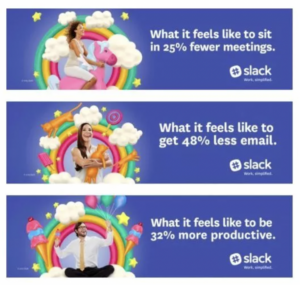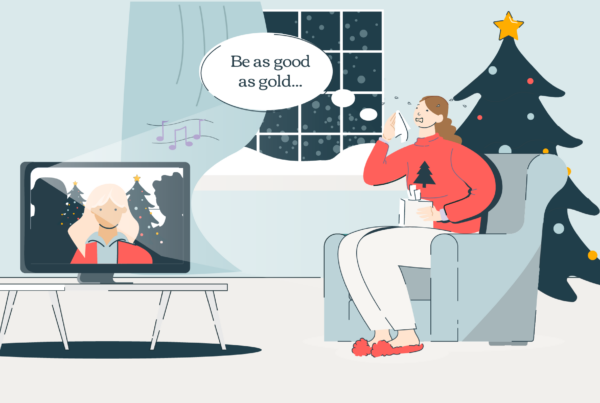(Or the finer particulars of Barry)
Let’s imagine something for a moment. Let’s imagine your B2B content campaign is a middle-aged man called Barry.
Now there are all sorts of notable things Barry has done in his time to date on the planet. This season, Barry coached his daughter’s under-11s football team to little league victory. He cried when he proposed to his wife on a beach in Cancun. He once led a team up Mount Everest for a prostate cancer charity.
But there’s also a profusion of facts, figures, times, dates and places when it comes to Barry that are entirely unremarkable (the 14,623 times he’s eaten porridge for breakfast, say). These details are relevant to a complete understanding of Barry and his life, but only some are germane to our content marketing campaign.
As marketers, our challenge is to breathe life into those particulars of Barry that will engage our audience. Here we can borrow an analogy from Virginia Woolf, who used the metaphor of ‘granite’ and ‘rainbow’ writing to describe the challenges of writing an engaging biography – where the necessity of conveying a wealth of factual info (the granite) works against the desire to be creative (the rainbow).
If we’re going to make Barry a memorable kind of guy, churning out a bunch of facts and figures isn’t enough. Our B2B starting point is often a major slab of ‘granite’ – sets of data, loosely defined goals, pages of pages of product information and specifications, or reams of facts and figures – but to borrow from Woolf, our mission is to introduce the rainbow. Like the great biographer, we’ll need a major dash of colour
So, with that in mind, here are three ways of adding a bit of ‘rainbow’ to your content campaign.
1. Use storytelling.
Why? Stories are entertaining, engaging and stick in your audience’s mind. If you want people to love and remember your campaign, they are a great way of getting your message across. Stories connect us emotionally to the storyteller and make it more likely that we’ll remember facts and figures than if data alone is presented to us.
How to do it: Create a character, expose them to conflict or get them to overcome a challenge, and end with an uplifting resolution to your story that includes a clear call to action. This cyber security superhero comic from Cisco Systems follows this kind of narrative arc.

2. Use similes and metaphors.
Why? Because they make your writing more descriptive, persuasive and emphatic. Similes compare two things, ideas or actions using ‘like’ or ‘as’ (‘they fought like cats and dogs’). Metaphors use the imagination to convey one concept in terms of something else. An extremely commonly used metaphor, for example, is ‘we’re all in the same boat’.
How to do it: In B2B, metaphors allow your audience to grasp a concept quickly and make it memorable. Say you’re marketing transatlantic logistics services and sustainability is a key selling point. You could say, ‘We move your products from A to B quickly and efficiently, reducing fuel consumption and emissions’ – accurate, but perhaps a little dull.
An alternative would be, ‘Saving the planet means you need streamlined logistics services that slash fuel burn and put a chokehold on carbon.’ The use of alliteration also helps to make this sentence much more memorable. You can also riff on popular culture to create memorable similes and metaphors, even in B2B campaigns. We like this example from Do It Better Travel (a business travel specialist).

3. Use imagery.
Why? It’s a cliché that a picture is worth a thousand words (note: the swell of business writing is awash with the sewage of clichéd language and jargon – avoid it if you can) but it’s undeniably the case that there’s no better way of bringing Barry to life than by using a killer image. As behavioural scientists, we call this power ‘picture superiority effect’: essentially that we remember images far better than words. They can succeed in making your campaign memorable if words are otherwise failing you.
How to do it: E-learning studies show that linking information to images can transform retention of that info. Pair the hard facts about Barry with images that are not only attention-grabbing but that also fit your brand values and tone of voice. Here’s a great example of this technique in action from Slack.

Just three quick ways of bringing Barry to life, and we’ve got loads more at SBC we can show you. So, when you’re devising your B2B marketing strategy, don’t forget about the power of colourful content marketing. Remember not to get bogged down in stuff no one’s going to be able to recall and shoot for Woolf’s rainbow.
That way Barry – and your brand – will make the impact they deserve.




